Thanks to its unique experiences and captivating panoramas, Japan is a traveller’s dream destination. There’s something to discover at every turn. Whether you want to try out delicious delicacies in Osaka, ski down the snowy slopes of Hokkaido, or marvel at the historic temples in Kyoto, the possibilities are endless. What makes it even better is that Japan boasts one of the world’s best transportation systems, so all the amazing destinations are within your reach.
From convenient Japan tours to high-speed trains, here are the seven best ways to travel around the Land of the Rising Sun:
By train
Tourists or locals, everyone uses Japan’s bullet trains (locally called shinkansen) to travel from region to region for a reason. They’re always on time, impressively efficient (it runs up to 320 km/hour!), and easy to navigate. Even if you don’t speak Japanese (although it certainly helps), you’ll have no trouble making your way around the trains and stations since the major signs and stop announcements include English translations.
The only downside to the shinkansen is that they’re not the most affordable transportation option. One way to get some savings is to go for the regular regional trains, which are usually cheaper but run much slower. For example, a train ride from Tokyo to Osaka takes around nine hours on the regional line but only 2.5 to 3 hours on the shinkansen.
Another way to save money is by getting the Japan Rail Pass. If you’re travelling to multiple cities during your holiday, it’s your best bet. You can enjoy unlimited travel on the Japan Railway shinkansen line, Limited Express, local trains, and even the Miyajima Ferry for seven, 14, or 21 days.
Japan’s trains aren’t just fast and reliable, they’re also fun and exciting! Check out 11 of Japan’s most joyful trains:
Another unique way to travel is to take the Pikachu train around Japan’s northeast. Here’s our guide for more info:
On tours
If you don’t want to stress about planning and train connections, or if you’re pressed for time, the best way to travel is to join one of the convenient tours around Japan. Take the Mt. Fuji and Hakone Day Trip from Tokyo, for example. The tour includes round-trip transportation, a tour around Mt. Fuji, a cruise along Ashinoko Lake, a stop at Gotemba Premium Outlets, and a ride at Hakone Ropeway cable car—all while accompanied by an expert guide. Just remember to bring your cameras, and you’re good to go!
Japan tours aren’t just limited to the capital city or day trips. There are also some that will take you around one location, like the Okinawa Hip Hop Bus Tour. It’s perfect if you have limited time on the island because it will take you to all the best sights in a single day. It even includes admission to top attractions like the Okinawa Churaumi Aquarium and Nago Pineapple park, so you’re saving money and time.
By bus
Besides organised tours around Japan, buses are another great alternative to travel across the country. Thanks to the extensive bus network in the country, you can go from Tokyo to Shikoku and even the southernmost island of Kyūshū.
You can take your pick among the biggest operators in the country. Japan Railways, which also operates the shinkansen bullet trains, runs the biggest network of buses. They’re on-time, reliable, and make use of the train stations instead of the bus stops. Other, more affordable operators are Willer Express and Japan Bus Lines. They also offer bus passes that allow travellers unlimited rides for three days.
If you’re going to be travelling long distances, look into night and premium bus tickets. They typically have comfortable and reclining seats complete with WiFi access and power outlets. Instead of paying for a hotel room for another night, you can save money by taking the time to travel while sleeping.
By ferry
While you can travel by vehicle to Japan’s four main islands, most of the smaller islands can only be reached by water. If you want to discover these hidden gems, ferries are the way to go.
Take your pick among the special, first, and second class. The second class is the cheapest but usually only includes a tatami mat for sleeping. The first class includes two beds in a private room, while the special class has a spacious room for several passengers.
Just like with trains and buses, there are also ferry passes that will give you savings for multiple trips. Make sure to book in advance, especially if you’re travelling during peak season (April to May), since ferries usually require reservations.
By plane
For a quicker way to get to the north from the south, or to the west from the east, aeroplane travel is always a good option. Japan Airlines and All Nippon Airways are the biggest airlines, while there are also budget operators like Peach and Jetstar.
While it’s not the cheapest way to travel, there are promos and cheap fares that you can avail of to keep the costs down. ANA, in particular, offers last-minute deals that cost around 116 AUD for foreigners, while other airlines have promos for advance bookings.
If you do plan to travel by plane, take note of the distance between airports and cities. For example, if you want to fly out of Kyoto, the nearest airport is in Osaka, which is around an hour away. This means you’ll have to travel two to three hours before your flight just to get to the airport on time.
Wondering about the latest travel restrictions if you’re travelling from Australia to Japan. We’ve got you covered. Check out this guide for everything you need to know:
By car rental
Keen to have full control of your time and destinations? Rent a car to tour Japan. You can decide how long you want to stay in one place and where to stop, giving you plenty of opportunities to explore underrated gems on top of the famous attractions.
Some scenic drives to check out are the Roller Coaster Road in Hokkaido, Ishikawa’s Chirihama Nagisa Driveway, and Chubu for breathtaking views of the Japanese Alps.
Rental cars can be pretty pricey. It’s most recommended for people travelling around the countryside, where there’s less traffic and parking isn’t difficult or expensive.
By foot
On top of an efficient public transportation system, Japan also boasts great, walkable cities like Kyoto. Since the city is situated in a basin lined by mountains, its main sights and attractions are relatively close together. You can easily walk to all the top locations in the Higashiyama district.
Another walkable city is Nara, the ancient capital of Japan. You can take a stroll and find centuries-old temples in the centre. Even the current capital city is walkable. Wander through Tokyo’s Asakusa district and see traditional shops and well-preserved temples.
Written by: Alyssa Dela Cruz


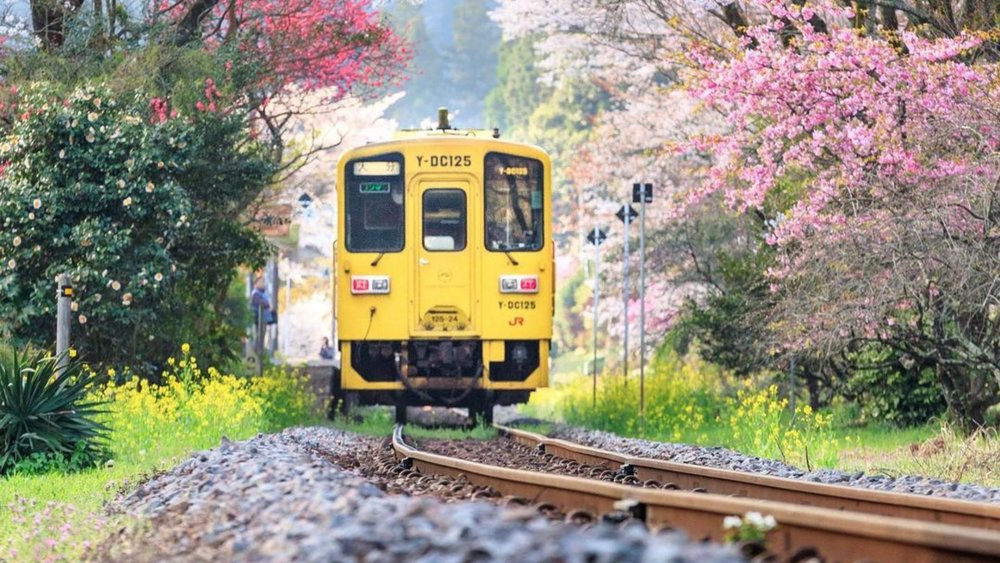
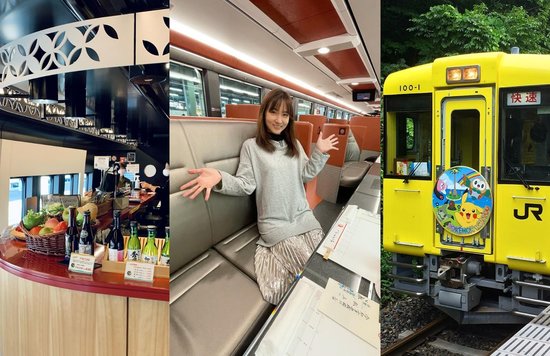


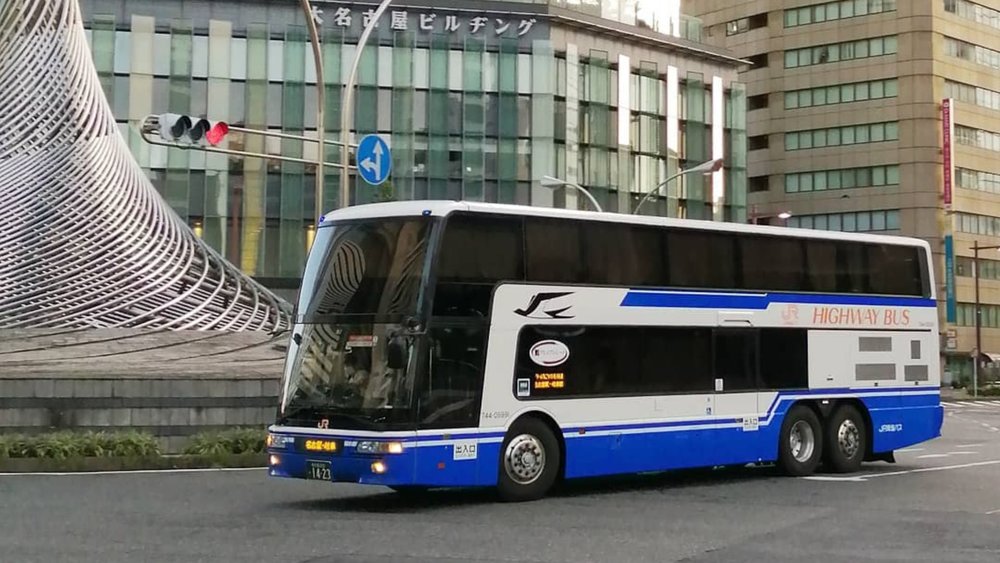
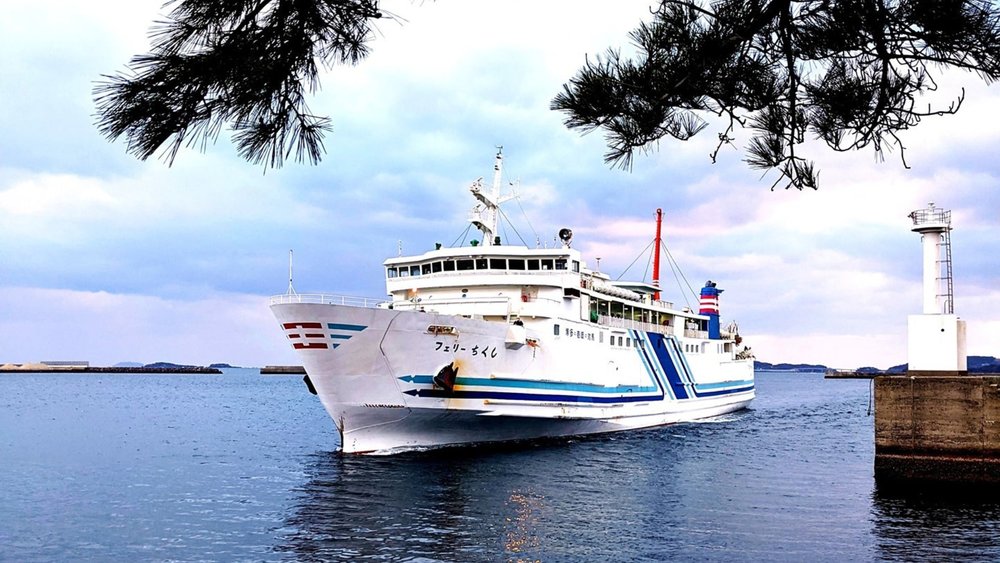
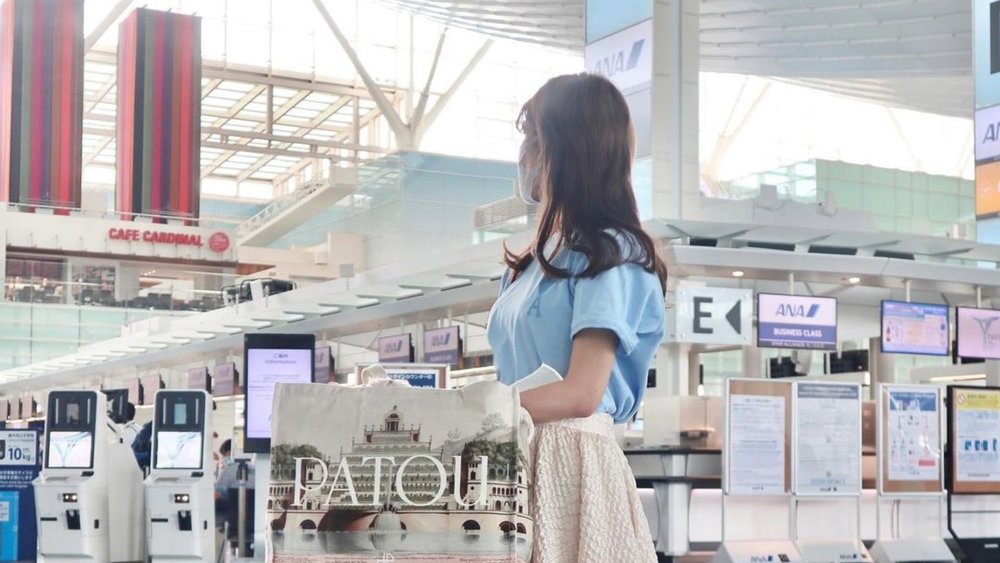
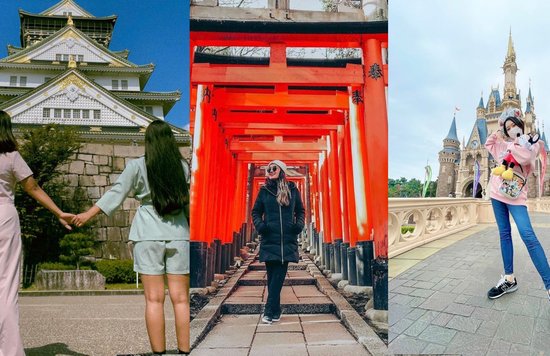





![[Updated] Complete List Of Official Nationwide MCO SOP 2021](https://res.klook.com/image/upload/fl_lossy.progressive,q_85/c_fill,w_160,h_104/v1633858858/blog/iso56uzsphmdguixkvzh.jpg)





![[Updated] Complete List Of Official Nationwide MCO SOP 2021](https://res.klook.com/image/upload/fl_lossy.progressive,q_85/c_fill,w_410,h_264/v1633858858/blog/iso56uzsphmdguixkvzh.jpg)






